Overtaking Safely
Overtaking on a single road
The dangers of overtaking another vehicle on a single carriageway are significant as it usually requires driving on the path of oncoming vehicles.
Overtaking vehicles on a single carriageway increases the likelihood of a head-on collision where the combination of both the vehicles speed can often result in fatal consequences.
Signs and road markings provide visual overtaking clues and often aid motorists by warning that bends in the road are ahead, or that there are dips in the road.
Usually however, it’s down to a drivers own judgement for when it is safe to overtake.
This guide to overtaking is for both qualified drivers who wish to increase their knowledge and safe overtaking practices, and for learner drivers who may need to use the overtaking manoeuvre during the practical driving test
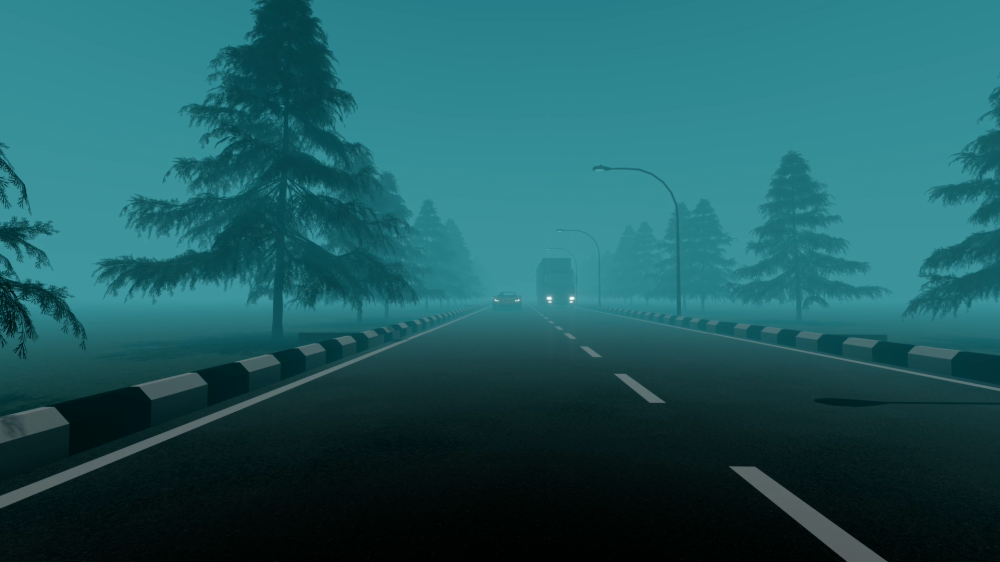
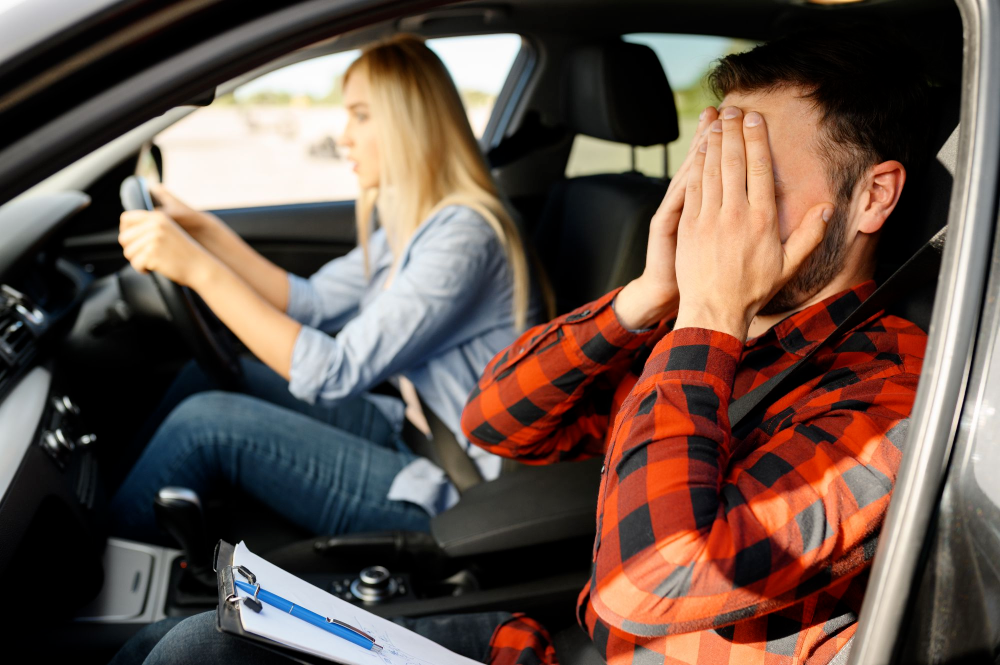
Safe - Legal - Necessary
The main overtaking rule above all else is common sense. To only overtake if you are absolutely certain that the manoeuvre can be completed safely, and without causing risk or inconvenience to other road users. Before initiating the overtaking manoeuvre, ask yourself these questions:
- Is it legal to overtake?
Assess whether it is legal to overtake by loooking for no overtaking signs, solid white lines, Zigzag lines - Is it safe to overtake?
Ensure there are no bends in the road ahead or dips or hills and these will obscure oncoming traffic. Left and right junction up ahead can be hazardous as vehicles may emerge into the overtaking lane. - Is it necessary to overtake?
First decide whether it is necessary to overtake. If the vehicle in front is traveling close to the speed limit, there will be little to gain from overtaking. Are there queues of traffic ahead or a dual carriageway that will render the overtaking manoeuvre pointless? Assess also if it’s worth taking the risk as driving only a few miles per hour faster will often only result in a few minutes of time saved.
SAFE? LEGAL? NECESSARY?
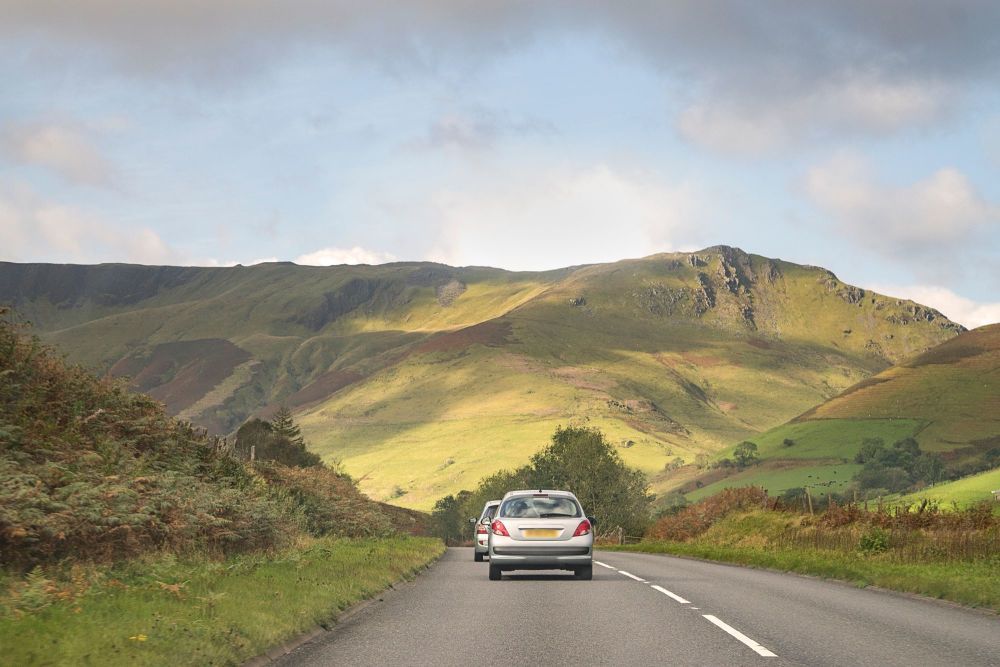
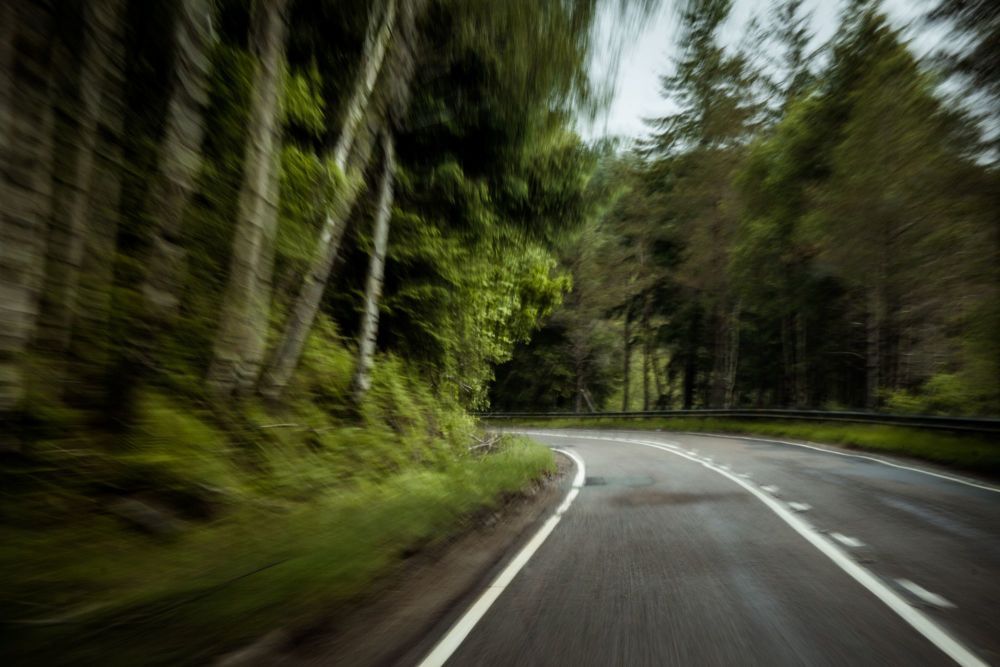
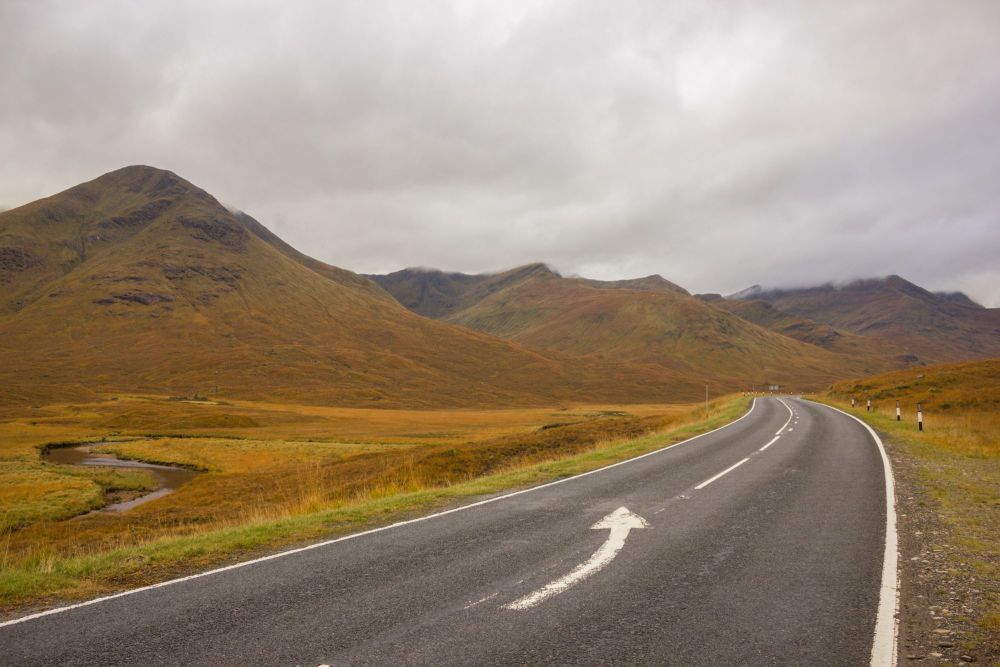
Overtaking - Position
Before you even think about starting to overtake, the first thing you need to do is be in the correct position.
If you are too close to the vehicle in front, you wont see any approaching traffic, road markings or warning signs.
If you are too far back from the vehicle in front, then you will spend more time trying to catch up the vehicle in front than you will actually trying to overtake it.
Therefore before you even start to think about overtaking you need to be at least 2 seconds from the vehicle in front. This is known as the 2 second rule.
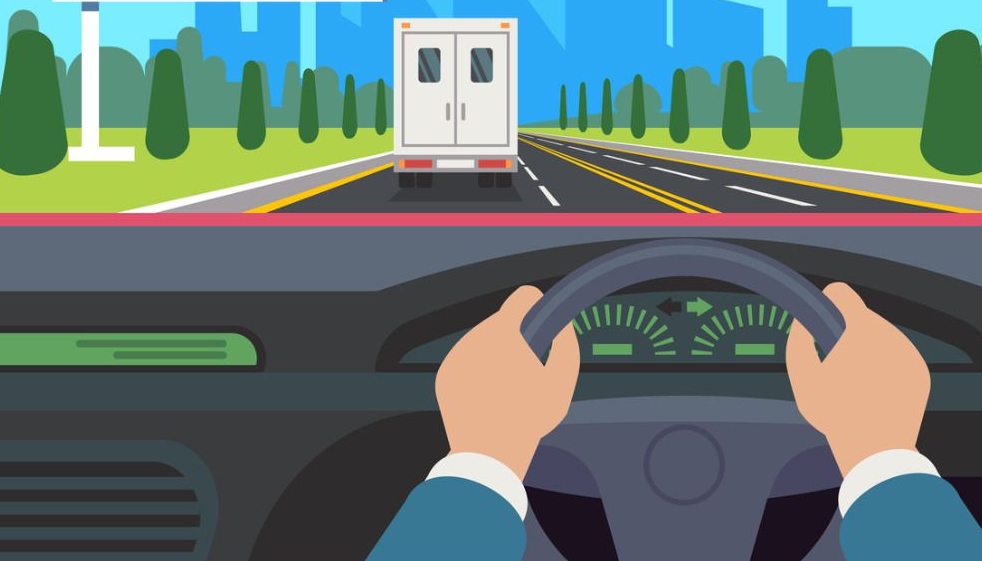
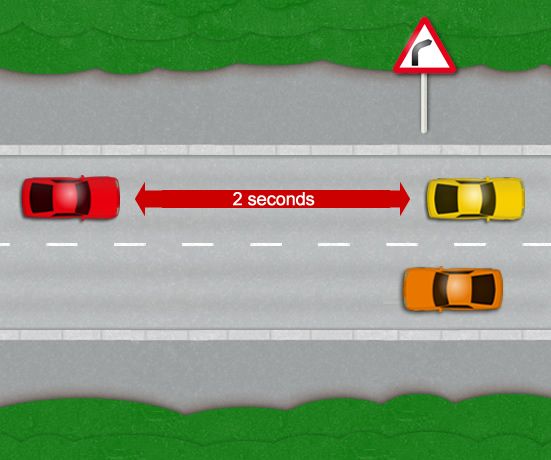
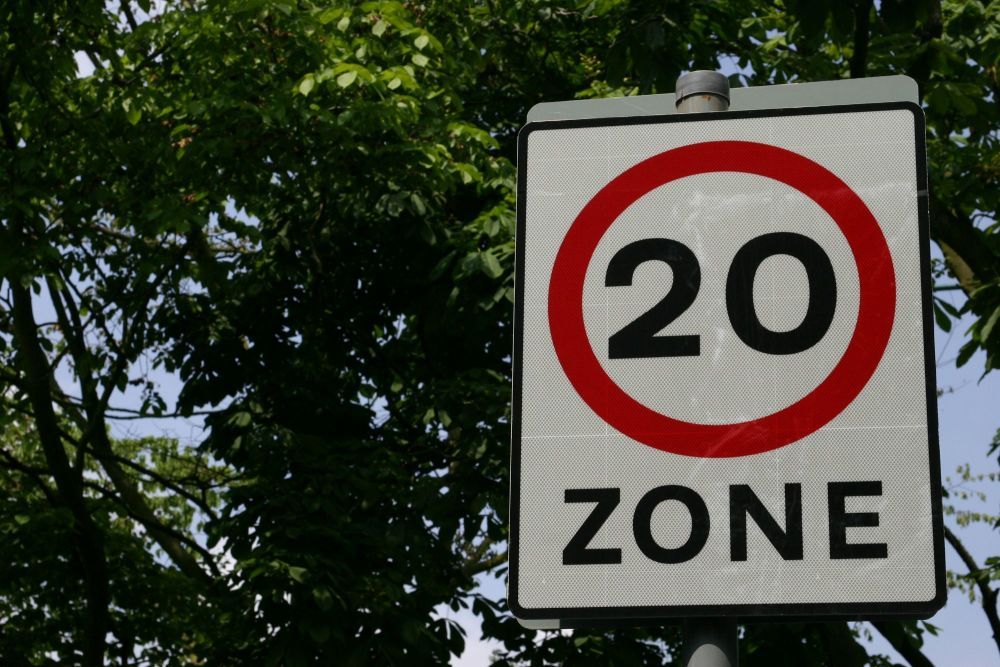
Overtaking - Speed
Once you have established the correct position from the vehicle in front,
Now you need to know what the speed limit of the road you are on is.
Then whats the speed limit you are currently at?
On average it takes around 10 mph extra to overtake something.
So if you are on a 40mph road and you are doing 35 mph behind the vehicle, adding the 10 mph on would put you over the speed limit.
Overtaking - Look
Now you need to look
Can you see clearly into the road ahead or are there dips or bends hiding oncoming vehicles?
Do the road markings tell you, that you can't start overtaking?
That there is a pedestrian crossing coming up and its illegal to overtake on zigzag lines
That there may be horses on the road? Cars pulling out of junctions or crossroads?
All this has to be assessed BEFORE you decide to start overtaking
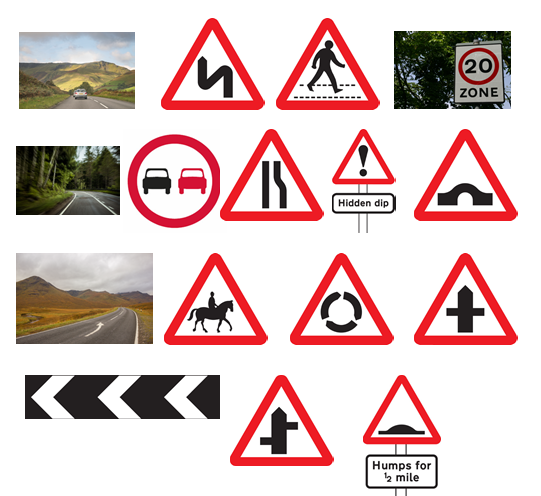
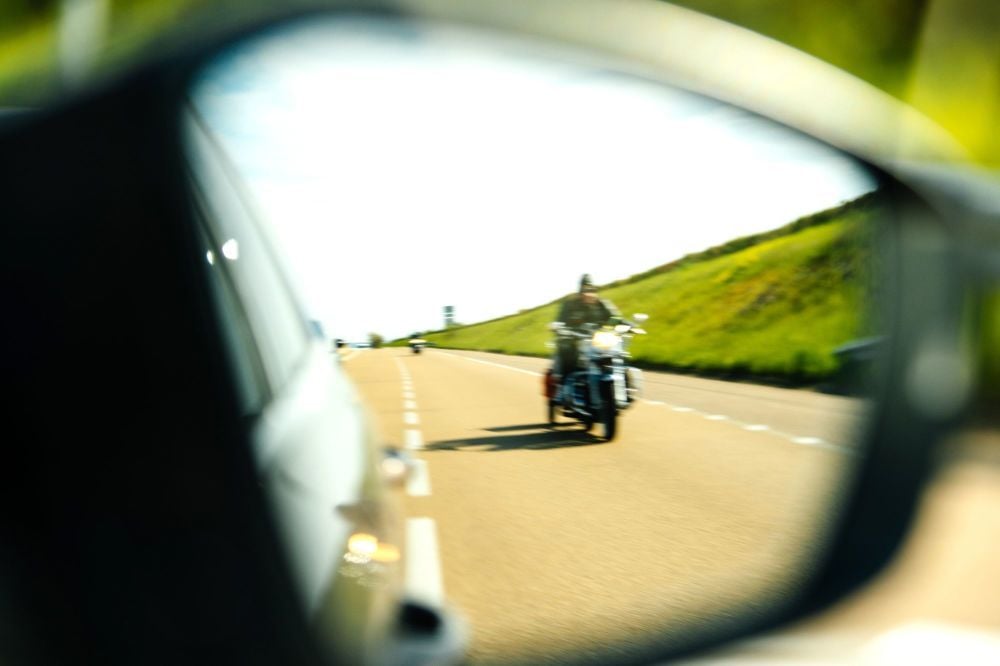
Overtaking Mirrors
At this point you now need to double check what is approaching you from behind in your centre mirror
You also need to check the right mirror to see if anyone is already overtaking you -
If they were already overtaking, then you would not see them in your centre mirror!
So both mirrors need to be properly checked.
Overtaking Signal
This is for the benefit of the cars behind, so they know in good time what you are planning to do
But is also for the benefit of the vehicle ahead - if the vehicle in front is aware of your intentions, then if something unexpected happens, they may be in a position to help, by slowing down for instance to let you get passed.
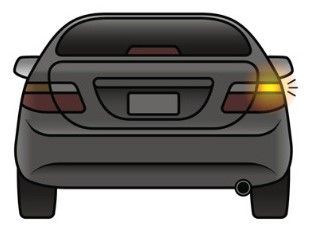
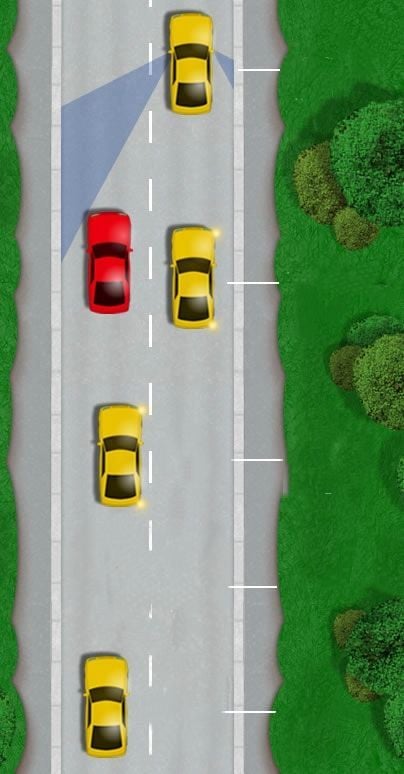
Overtaking - Position
Pull out onto the opposite side of the road smoothly, accelerate briskly passed the vehicle you are overtaking, keeping a good safe distance from their side.
Overtaking - Speed and Gears
It’s important to accelerate briskly but safely to reduce the time spent on the opposite carriageway.
Ensure you do not exceed the speed limit however.
If you get caught speeding - It is no excuse to say that you were trying to overtake.
Be aware of your speed and the need to match your gear to the speed of the car
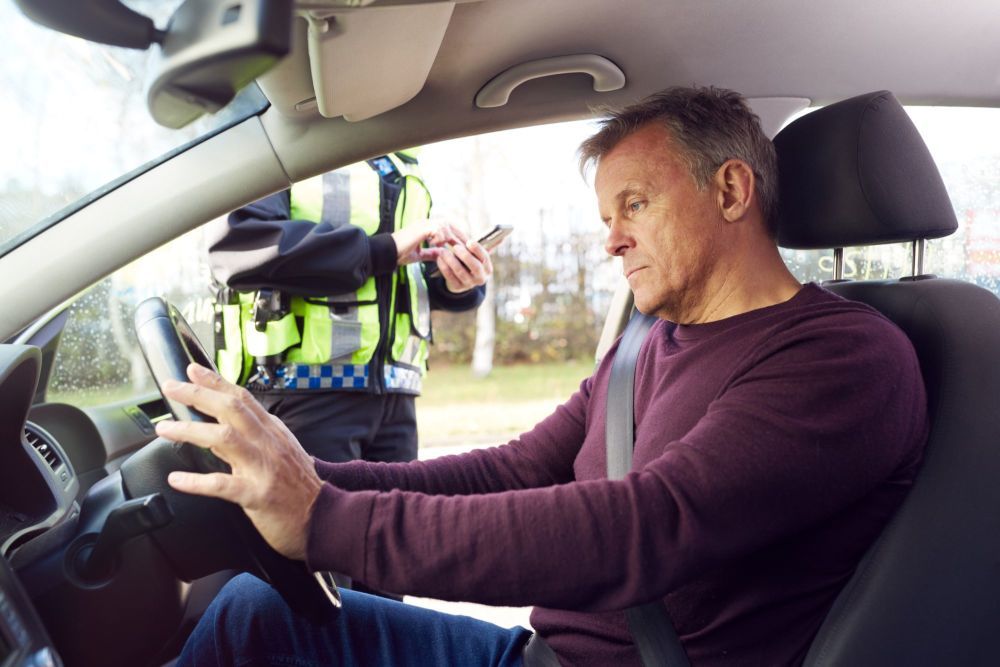
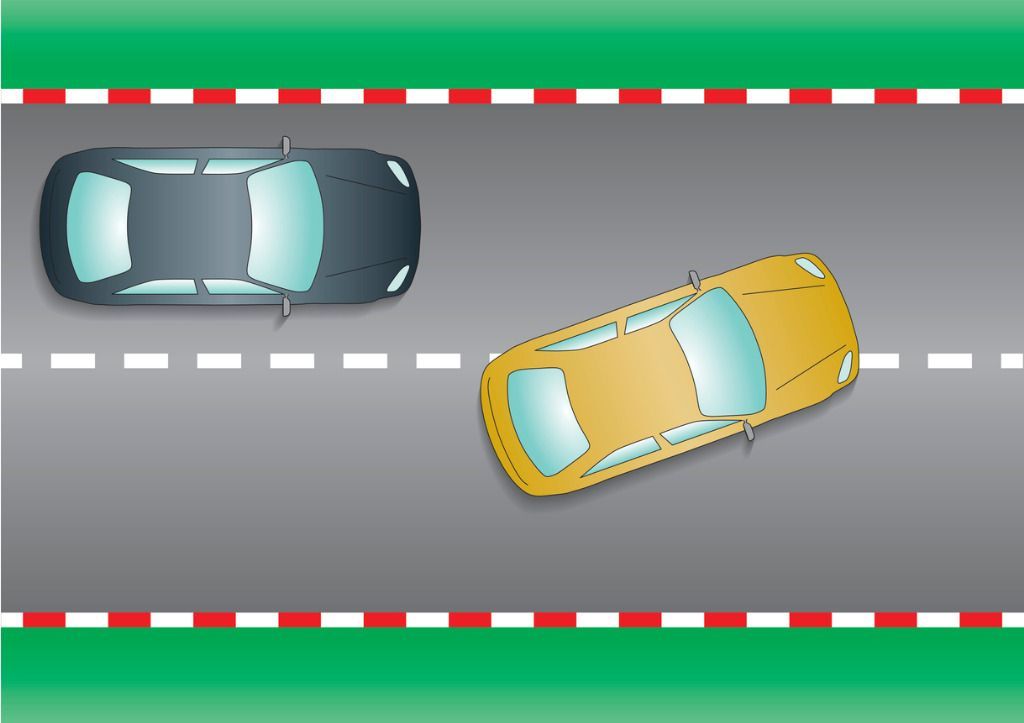
Overtaking - Mirrors and Position
Remember you are overtaking a fast moving vehicle
You need to make sure that you are fully passed them before trying to move back into your lane
Unfortunately the car in front might not be aware that you are trying to overtake and accidentally speed up, or you may just not be leaving enough gap before trying to get back in.
To make sure this doesn't happen, keep checking your centre mirror - When you see the vehicles headlights appear in your centre mirror, you are far enough passed it.
Now you can check the left mirror, just to make sure nothing was infront of them, or that there isn't anything joining from a slip road and then you can move back into the left lane
Overtaking Dangers - Junctions On Left
As you approach a junction on the left, the chances are the car waiting to come out of the side road may not have seen you.
The car you are about to overtake may be blocking you from being seen.
The car emerging from the left, may think that they have time to get across the road.
But won't have thought that there could be a car at the side overtaking
That is why this would not be a good place to start overtaking
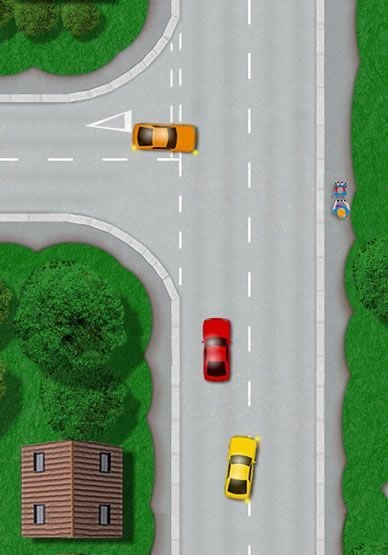
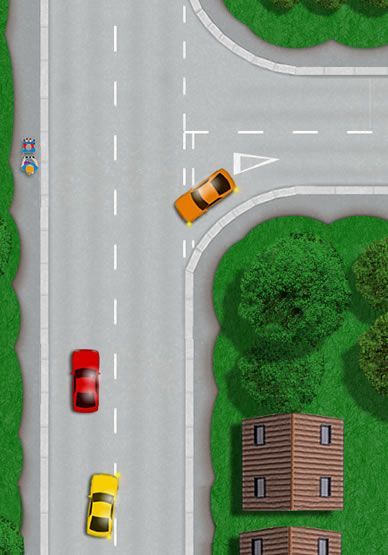
Overtaking Dangers - Cars Emerging Without Looking Left
The MINIMUM observations at a junction should be
RIGHT -LEFT - RIGHT
In truth, most drivers just focus on looking right to make sure its clear to join, then as they are already pulling out onto the main road, that is when there head turns to the left.
This is currently why "Observation at junctions" is the number one reason for FAILING the driving test and has been for at least the last 12 years!!
This is why starting to overtake at this point is a very bad idea.
Overtaking dangers - People Crossing the Road
A vehicle that is turniing left may be slowing down to allow pedestrians to cross. Since the new highway code rules came into force at the start of 2022 this is whats required.
You have to be aware that the vehicle is not just going slow and needs overtaking, but that there well may be a pedestrian or possibly children about to walk out infront of that car.
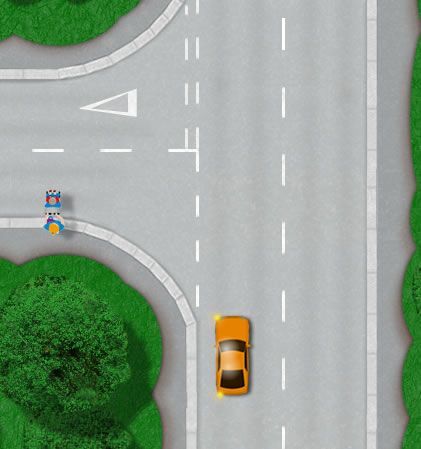
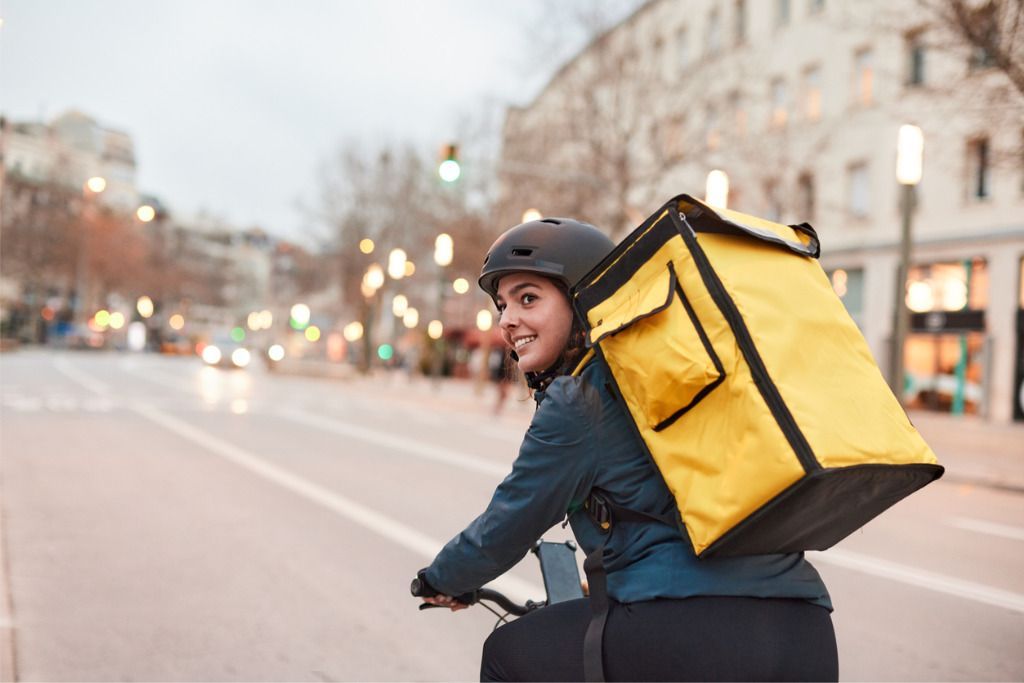
Overtaking Cyclists
With the rise in popularity of if businesses like deliveroo, and home delivery companies, not to mention cycle couriers and the general trend for riding to work to stay fit and help the enviroment.
There has been a signicant rise not only in cyclists, but in those using ebikes (electric bikes) and E scooters. Both of these although legally limited to 15 mph can easily be turned into a bike or scooter that can do 50 or 60 mph or more.
So it is more important than ever that you view overtaking a cyclist the same as overtaking another vehicle and allow them the same width and time for you to safely overtake them.
The Law and Bicycles
On narrow sections of road, on quiet roads or streets, at road junctions and in slower-moving traffic, cyclists may sometimes ride in the centre of the lane, rather than towards the side of the road. It can be safer for groups of cyclists to ride two abreast in these situations. Allow them to do so for their own safety, to ensure they can see and be seen. Cyclists are also advised to ride at least a door’s width or 1 metre from parked cars for their own safety.
cyclists may suddenly need to avoid uneven road surfaces and obstacles such as drain covers or oily, wet or icy patches on the road.
Give them plenty of room (A vehicles width) and pay particular attention to any sudden change of direction they may have to make.
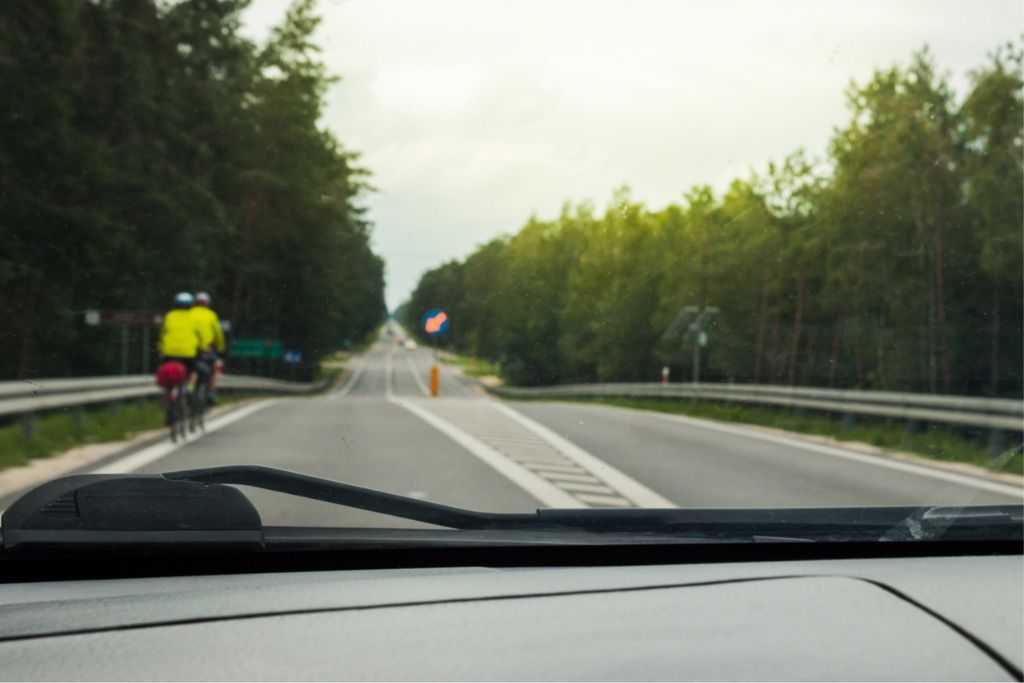
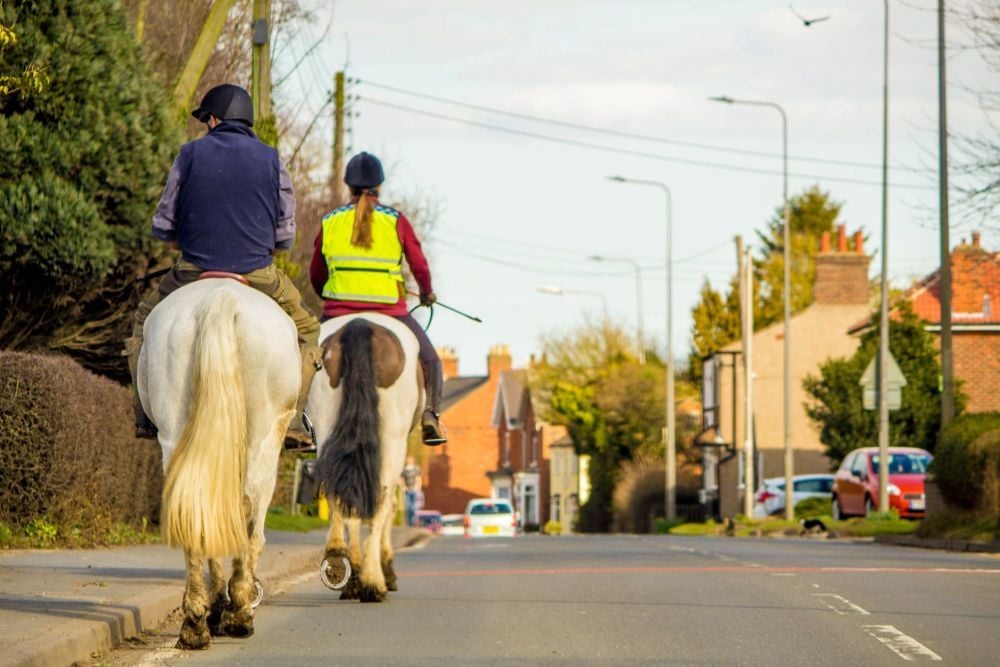
Overtaking Horses
Be particularly careful of horse riders and horse-drawn vehicles especially when approaching, overtaking, passing or moving away.
Always pass wide and slowly. When you see a horse on a road, you should slow down to a maximum of 10 mph.
Be patient, do not sound your horn or rev your engine. When safe to do so, pass wide and slow, allowing at least 2 metres of space.
Horse riders are often children, so take extra care and remember riders may ride in double file when escorting a young or inexperienced horse or rider.
Look out for horse riders’ and horse drivers’ signals and heed a request to slow down or stop.
Take great care and treat all horses as a potential hazard; they can be unpredictable, despite the efforts of their rider/driver.
Remember there are three brains at work when you pass a horse; the rider’s, the driver’s and the horse’s.
Do not forget horses are flight animals and can move incredibly quickly if startled.
Remember The Speed Limit
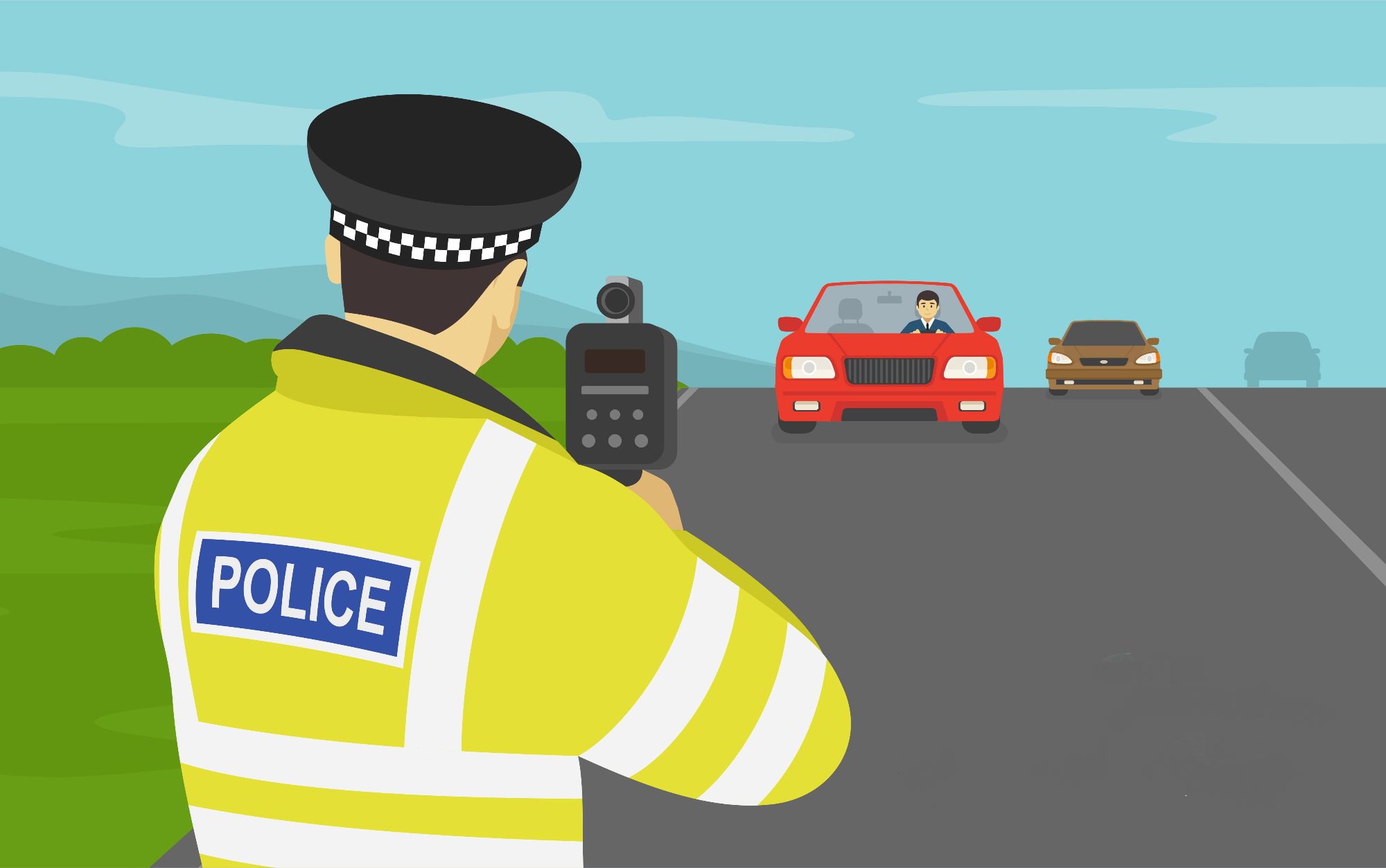
Average Speed Cameras

Be Sure That You Can See what Is Coming
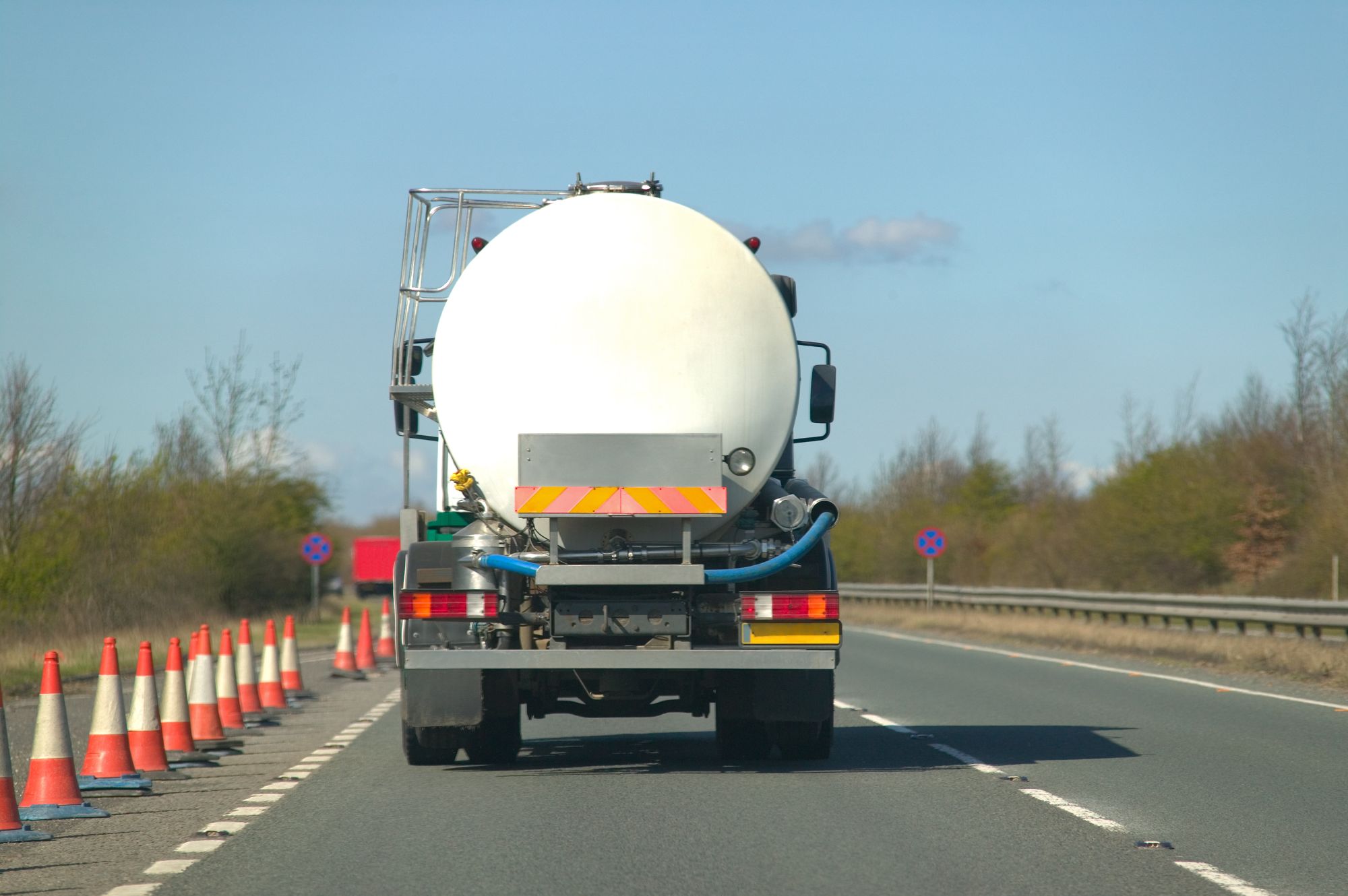
Be Aware Of Junctions Where You May Be Hidden
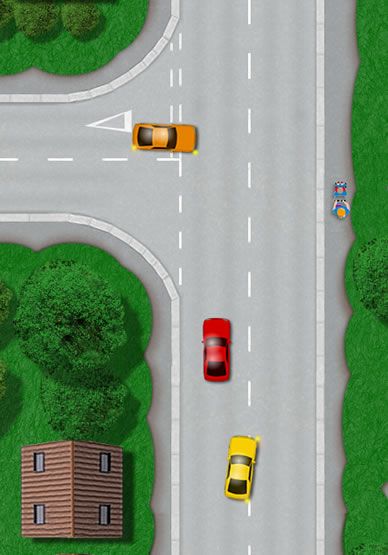
Contact Us
Hours
Monday - Friday:
09:00 am - 6:00 pm
Saturday - Sunday:
10:00 am - 3:00 pm